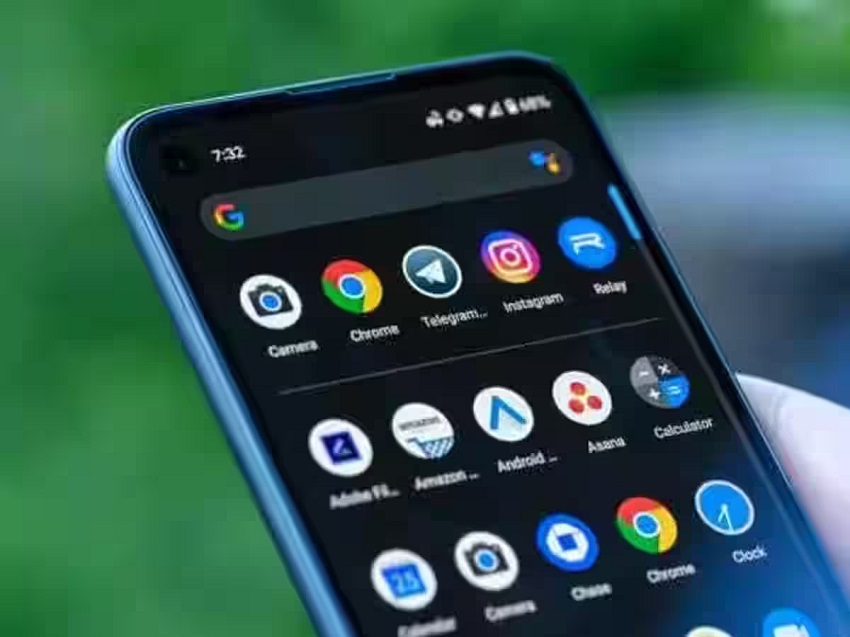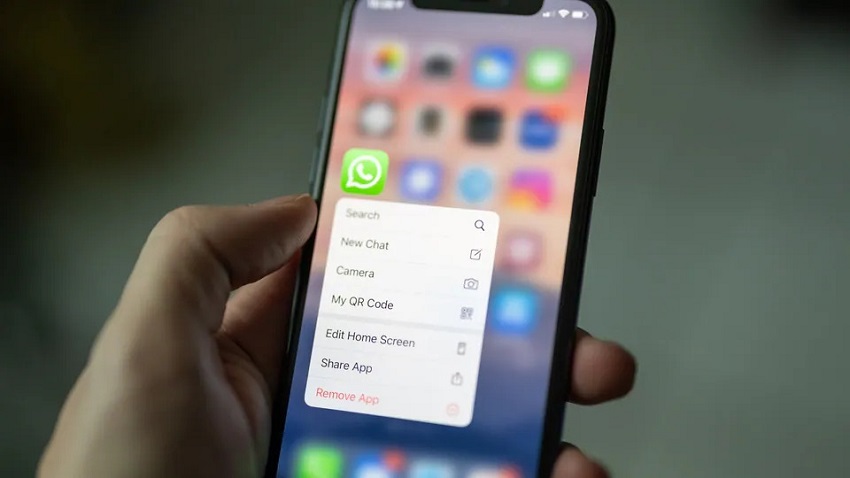When using mobile devices, one of the key settings that users often encounter is the “Display over other apps” option. This setting allows certain apps to appear on top of others, enabling a multitasking experience. However, the question arises: should this feature be turned on or off? In this article, we will explore the advantages and disadvantages of enabling the “Display over other apps” setting, helping you make an informed decision about its usage.
Understanding the “Display over other apps” Setting
Before delving into the pros and cons of the “Display over other apps” setting, let’s first understand what it entails. This feature allows certain apps to overlay their content on top of other applications running on your mobile device. It allows for functions like floating windows, pop-up notifications, and chat heads, enhancing the user experience by providing quick access to relevant information without leaving the current app. You may also be interested in display over other apps.
The Benefits of Enabling “Display over other apps”
- Enhanced Multitasking: Enabling the “Display over other apps” setting enables a seamless experience. You can have a floating calculator while browsing the web or respond to messages without exiting your current app.
- Convenience and Accessibility: Certain apps, such as chat apps or note-taking tools, can be more accessible when they can overlay on top of other applications. This feature lets you quickly jot down important information or respond to messages without interrupting your workflow.
- Real-time Information: With the “Display over other apps” feature enabled, you can receive real-time updates and notifications without constantly switching between apps. This can be particularly useful for productivity apps, social media platforms, and messaging services.
- Efficient Workflow: Enabling this setting can streamline your workflow by reducing the time spent navigating between different apps. It allows you to perform multiple tasks simultaneously, boosting productivity and saving valuable time.
The Drawbacks of Enabling “Display over other apps”
- Privacy Concerns: Allowing apps to overlay on top of others may raise privacy concerns. Some apps could potentially misuse this feature to display intrusive or unwanted content. It is essential to exercise caution and ensure that you download apps from trusted sources to mitigate privacy risks.
- Visual Clutter: Having multiple app windows overlaid on each other can result in visual clutter, especially on smaller screens. This clutter may hinder readability and make it challenging to focus on the primary content of the app you are currently using.
- Battery Drain: Certain apps that extensively use the “Display over other apps” feature may consume additional battery power. Monitoring your device’s battery usage and identifying any apps draining power excessively is important.
- Performance Impact: Enabling this setting for resource-intensive apps or running several overlays simultaneously can potentially impact the performance of your device. Apps may experience lags or crashes, leading to a less-than-optimal user experience.
Making an Informed Decision
The decision to enable or disable the “Display over other apps” setting ultimately depends on your preferences and usage patterns. Here are a few factors to consider:
- App Relevance: Determine whether the apps you use frequently benefit from the overlay functionality. If the feature enhances your productivity and convenience for specific apps, consider keeping it enabled for those apps.
- Privacy and Security: Prioritize your privacy and security. Carefully review the permissions requested by apps that utilize the “Display over other apps” setting. Stick to well-established apps from reputable developers and avoid granting unnecessary permissions.
- Device Performance: Keep an eye on your device’s performance when extensively using the “Display over other apps” feature. If you notice significant slowdowns or other performance issues, consider disabling the setting for resource-intensive apps.
- Visual Comfort: Consider the impact on visual comfort and app usability. If the overlay content causes visual clutter or hampers your ability to focus on the primary app, disabling the feature may be a better choice.
Conclusion
The “Display over other apps” setting offers both advantages and disadvantages and deciding whether to enable or disable it requires careful consideration. By understanding the benefits of enhanced multitasking, real-time information, and efficient workflow, you can leverage the feature to boost productivity. However, it’s crucial to be mindful of potential drawbacks, such as privacy concerns, visual clutter, battery drain, and performance impact. By assessing app relevance, prioritizing privacy and security, monitoring device performance, and considering visual comfort, you can make an informed decision that aligns with your preferences and usage patterns. Finding the right balance between functionality and user experience will help you make the most of your mobile device.

